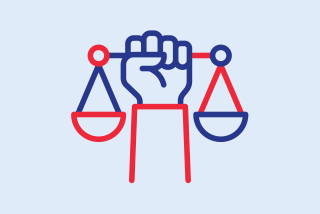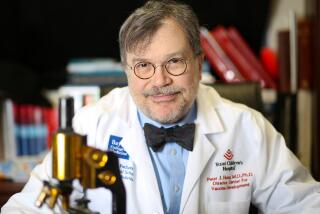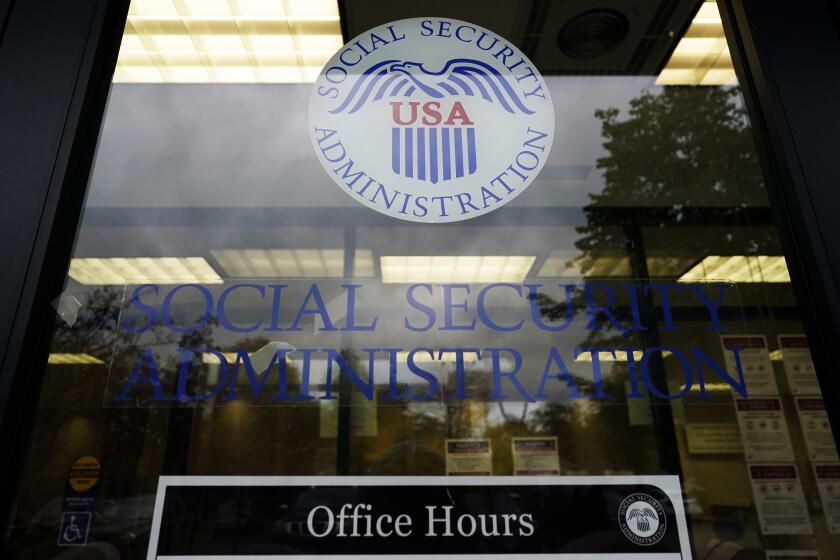Questions of Life and Death : Who Lives? Decision by Committee
- Share via
The Pacific Northwest is no place for a Henry David Thoreau with bad kidneys.
--UCLA Law Review, 1968
It helped if you went to church and gave to the United Way. And it went without saying that you would have a steady job, small children and a good, loving wife.
But if you needed kidney dialysis, it was not good to be the loving wife, or a person of color, or unmarried, or too old or too young. And it was of no use at all to be artistic or even the slightest bit eccentric.
In short, if your kidneys were failing, it was best not to be “different” if you wanted to be judged a person of social worth.
In Seattle in the summer of 1961, six men and one woman--known as the “Life or Death Committee”--convened what has been called the forerunner of modern bioethics committees.
Three decades later, the role of ethics committees has changed dramatically. No longer do they make final decisions about who deserves to be saved. But the extraordinary experiences of this group of “ordinary” citizens remain a testament to the wrenching ordeal of deciding who lives and who dies.
It was the development of a simple U-shaped Teflon tube that led to creation of that early ethics panel.
On a cold January morning in 1960, Seattle physician Belding Scribner was awakened before dawn by an idea that would revolutionize the treatment of patients dying of kidney disease.
Although kidney machines were not new--the first crude one was built in 1912--they were suited for only short-term use because each time a patient was hooked up, an artery or a vein had to be cut open.
For the more than 100,000 chronic kidney patients in the United States who required dialysis three times a week, this was not a lifesaving option until Scribner introduced his invention, which could be left in the patient’s forearm for repeated use. By July, 1960, patients with total kidney failure were being kept alive and surprisingly healthy.
As word spread that Seattle held the secret of life, a way had to be found to select patients. There was only one machine like this in the world, it was a very expensive one, and, even running night and day, it could accommodate just three patients.
There was no question that the machine saved lives. The question was: Whose lives would they be?
“I received a letter asking that I serve on this new committee,” recalls John B. Darrah, retired pastor of Magnolia Lutheran Church in Seattle and one of two surviving members of the committee. “I have no idea why it came to me. But when I realized what it was asking, my reaction was immediate: ‘No, thank you!’ ”
Darrah was being asked to serve on the Seattle Artificial Kidney Center’s Admissions and Policies Committee, later dubbed the Life or Death Committee.
“I felt I was being asked to do something not within my power,” says Darrah, 75, during recent interviews. “I told them ‘I do not choose to play God.’ ”
He agreed, however, to attend the first meeting. There, a doctor said the words that made it possible for him to serve: “We are not asking you to decide who is going to die. That’s already determined. These people will die in a matter of weeks. We’re asking who will be given the opportunity for extended life.”
The committee that made medical ethics history was carefully composed of a lawyer, a minister, a labor leader, a surgeon, a banker, a state government official and a housewife.
At the outset, they made two fast decisions: to remain anonymous and to meet secretly.
The committee also made the first of many highly controversial decisions to narrow the field of dialysis candidates. Members voted to limit access to the program to Washington residents under age 45.
This latter criterion was adopted at the suggestion of two physician-advisers to the committee. As they explained, patients “past middle age” were likely to suffer other health problems that could compromise their dialysis, Darrah says. The doctors also suggested the committee refuse to consider children.
The doctors offered no other guidelines to the stunned committee members. All patients brought before them would be medically qualified for dialysis. That is, without it, they would soon die.
Before the first session broke up, the panel listed factors it would weigh in making its selections: age and sex, marital status and number of children, net worth, income, emotional stability, education and occupation--performance as well as potential.
At the second session, the members decided they did not want to know patients’ identities. They would be known by file numbers and by information provided by their personal physicians.
Only once did the committee meet a patient face-to-face. In 1963, a middle-aged Asian-American man who had been rejected for dialysis showed up at a meeting with his lawyer at his side. As it turned out, Darrah says, “He had been rejected because he was over the age limit, but we were so uncomfortable and shaken when faced with this fine gentlemen pleading for his life that we bent the rules and accepted him.”
Every two weeks for four years, the committee gathered around an oval table in a hospital meeting room not 300 feet from the dialysis machine. Those with the best chance for acceptance, scrutiny by doctors and ethicists later showed, were middle-aged, middle-class, white men.
“We were never consciously aware of these biases, if that’s what you want to call them,” says Darrah, who, like the others, served without pay. “But when you look at the composition of the committee, of course we would tend in that direction.
“As a pastor, I tried very hard not to favor someone who was a good church member, so I may have bent over backward in that area. But I did at times favor patients with a large number of dependent children over more prosperous men whose families would be well-provided for if they were not selected.”
The original committee was chaired by the lawyer, who never called for a vote until he was certain there was a consensus. “Every vote was accompanied by great soul-searching,” Darrah says. “Each of us did the very best we could with this excruciating task we had been handed.”
Darrah recalls arguing strongly against a recommendation barring anyone with a criminal record from dialysis: “I felt it wasn’t what had been, but what was now and what could be that was important in a person’s life.” Darrah says the debate stopped there and never resumed.
Mary Fite, now 87, the lone woman on the committee, reluctantly spoke to The Times last month about her experience.
“I never talk about it. It was awful, just awful. It’s a time you’d kind of like to wipe out of your mind,” Fite says. “Dr. Scribner asked me to serve, and so I did. (But) I didn’t want anybody to know, and I didn’t even tell my husband until it was absolutely necessary in order for me to go to one of the meetings. I never did tell my four children, although at the end they guessed. . . .
“I just felt it was so wrong to have to do that, but it had to be done. And there was no other way to do it at the time,” Fite says.
For almost two years, the committee deliberated in secret. But at the end of 1962, its existence--although not its members’ names--became national news when Life magazine published a story about Scribner’s medical miracle and the committee’s “moral burden.”
Seattle residents were disturbed by the sudden notoriety but were ultimately moved enough by the patients’ plight to raise funds for more machines. Today, the city’s Northwest Kidney Center has many committees, but deciding who will receive dialysis is not among their duties because there are enough machines for everyone.
“Regrets? I have no regrets now,” Darrah says. “But I don’t spend a lot of time and energy worrying whether it was the right way to go. It was the way we went. . . .”
More to Read
Sign up for Essential California
The most important California stories and recommendations in your inbox every morning.
You may occasionally receive promotional content from the Los Angeles Times.










